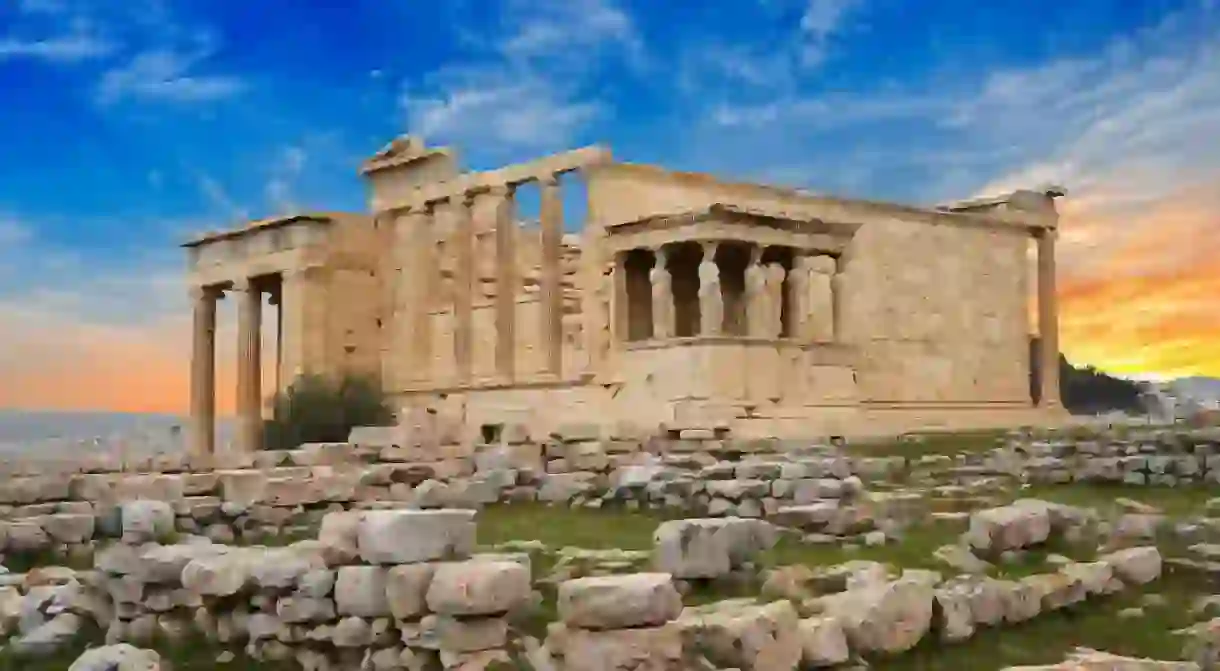The Most Beautiful Temples in Greece

Ancient temples—built from the 6th century BC until the 2nd century AD on mainland Greece, the islands, in Asia Minor and Greek colonies such as Sicily and Italy—are some of the best testimonies of ancient Greek architecture. These structures, dedicated to a specific god, were built to house impressive statues of the deity, while offerings were made outside. Though many of them are now in ruins, there are a few ancient temples still standing that will certainly transport you to another era. Here are the most beautiful temples you will see in Greece.
Temple of Olympian Zeus, Athens
Archaeological site, Ruins

Temple of Apollo Epicurius, Bassae
Architectural Landmark
Temple of Poseidon, Cape Sounio
Architectural Landmark, Historical Landmark

Undeniably one of the top excursions you can take when staying in Athens is a visit to the Temple of Poseidon at Cape Sounio (or Sounion). This Doric-style temple was constructed around 440 BC on the southernmost tip of the Attica region, and it is dedicated to the god of the sea, Poseidon. In a sea-faring nation like Greece, this temple was one of the most important, and individuals, as well as city-states, would come to bring sacrifices and offerings to call on the god to ask for safe travels.
Temple of Aphaia, Aegina
Architectural Landmark

The Erechtheion, Athens
Historical Landmark
The Erechtheion (or Erechtheum), built between 421 and 407 BC and nestled on the northern side of the Acropolis of Athens, is a temple of the Ionic style. Named after a shrine dedicated to Athenian hero Erichthonius, the temple, built by architect Mnesicles, was dedicated to Poseidon Erechtheus and Athena Polias, defender of the city. The temple is one of the most famous thanks to its southern porch, supported by six caryatids, sculpted female figures serving as architectural support.
Temple of Hephaestus, Athens
Archaeological site, Ruins

Tholos of Athena, Delphi
Historical Landmark
Temple of Hera, Olympia
Store
Temple of Apollo, Corinth
Museum

Parthenon, Athens
Building, Church, Mosque, Ruins

For the rest of Greece, look no further than our trusted tours.
Architectural Landmark

Greece’s hidden islands, legendary sites, and azure waters await exploration beyond Athens. From the cliffside towns of Santorini to the historic palaces of Crete and the lesser-known splendor of the Peloponnese, our carefully chosen itineraries unveil the essence of the nation. We lead you to Greece’s most genuine experiences, whether your desire is to sail the Cyclades, sample olive oil in the countryside, or follow in the gods’ footsteps.













